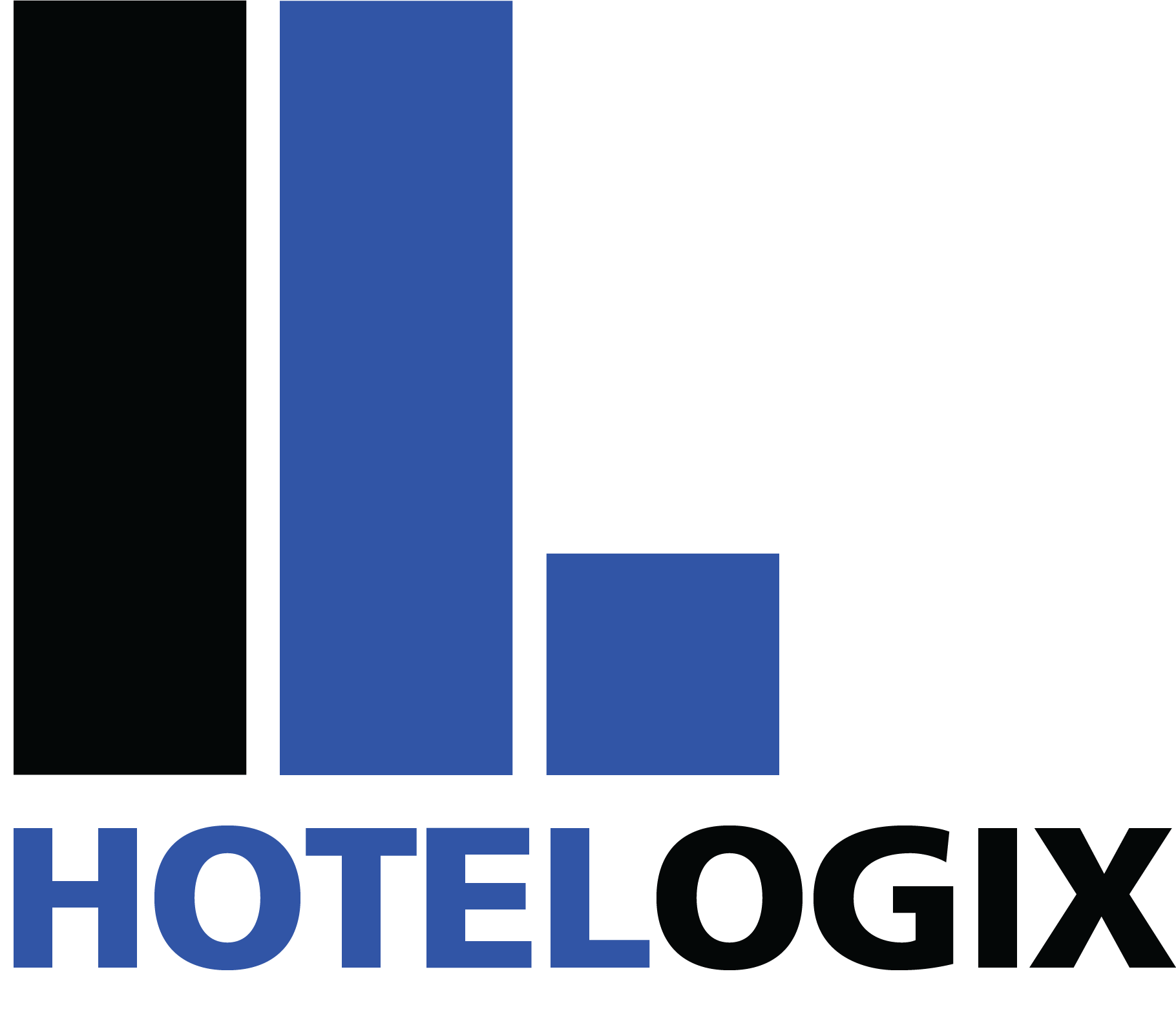With the entry and dominance of online travel agents (OTAs) hotel owners are interested in employing dynamic rate adjustments to maximize bookings and revenue. This is where revenue management comes into the picture.
Hoteliers accept that proper revenue management strategies can boost occupancy rates and increase revenue.
Revenue management is not a new concept. Larger hotel chains have been implementing these pricing strategies, manually, since the 90s, tweaking room rates to drive maximum profits. Today, however, with the increase in travellers making online reservations, even small and mid-sized hotel properties are employing revenue management to optimize their pricing.
Simply put, revenue management can provide hoteliers with an opportunity to make the most of their inventory, forecast demand and improve profitability during high and low seasons.
So, who does revenue management in a hotel? Typically, a revenue manager. However, even smaller hotels are catching up to this concept.
What does one need to start off with revenue management?
Data:
Nothing better than having historical data for basic forecasting. However, if your hotel isn’t collecting and storing data, it’s high time you did.
Analysis:
The data collected must be analysed in a meaningful way to make it easier to adjust rates during peak and off seasons. Simple data points like average room nights booked, average rates during the middle of the week and weekends, prevailing market rates, seasonal influences, and so on. For example, how could you have planned ahead and marked up the prices to cater to the Wimbledon rush?
Forecasting:
Deciding on the best room rates will be based on the data you’ve collected and analysed. You must be able to set the price in such a way that it answers this question – is it better to set the room rate at £75 and sell one night, or mark it down to £60 and sell two nights?
Distribution Strategy:
This is one of the key parameters that will help you make your presence at the right place and to the right customer. This will help you expand your market reach and increase bookings – provided you choose the right channel. If you already have a distribution strategy, but still enter bookings manually into your system, you must consider going for a property management system with 2-way connectivity. This will eliminate double booking headaches.
Hotelogix is designed to deliver streamlined solution as it is seamlessly integrated with revenue management solutions and distribution channels.
Leverage guest sentiment to your advantage
Apart from the data and analytics you may gather with Hotelogix, guest sentiment analysis can be leveraged as well – with guest profiling to enhance the overall guest experience. As a hotelier, you can positively impact direct booking conversions, and provide more x-sell/up-sell options to your guests. You can evaluate guests’ background to improve the quality of their stay. With information about their age, marital status, purpose of the visit and so on, hotel owners can get an idea about each traveller’s specific interests. This is valuable data, and can be re-used to improve recurring visits, and build loyalty with your guests.
Mobility
Considering the mobility requirements of hoteliers like you, Hotelogix has taken a step further with the new mobile PMS app. The app allows hoteliers to create reservations, check -in, and check-out, manage rates and conduct night audit. The user-friendly app ensures that any of your hotel staff can effectively run the hotel on a smartphone.
To sum up: Don’t leave money on the table!
Properties no longer need to depend on traditional workstations to set their rates and lower their cost. Hotelogix is empowering you with the ability to analyse data, forecast, and implement dynamic pricing. You can also automate 2-way online distribution and front desk management, from anywhere, any device and at any time.
This article was originally published in Hotel Owner.



